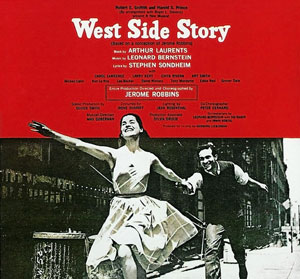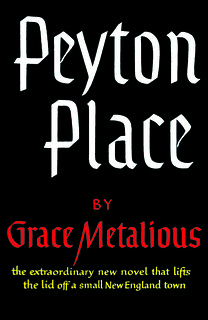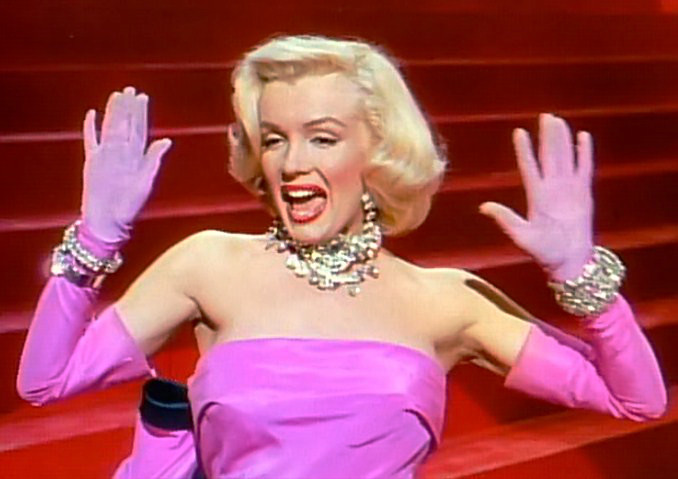The Hike to Space
by admin - October 2nd, 2017
By Emma Greenberg
The biggest scientific advancements in the 50’s were the satellite made by both the Soviets and the Americans.
When the Soviet Union launched the first satellite on October 4, 1957, which they named Sputnik 1, which meant fellow traveler. It had five primary objective; test putting a satellite into orbit, test the density of the atmosphere, test methods of orbital tracking, determine if radio signals could reach through the atmosphere, and to see if pressurization of satellites worked. However, what stands out in the collective memory of Americans is the beeping, which can be heard here.Despite the fear that it drew from Americans, it was not a particularly impressive satellite by today’s standards. However it wasn’t the capabilities of the satellite that scared American scientists it was that “they had launched a satellite that weighed more than fifty times as much as the three-and-a-half pound satellite prepared to launch by the United States.” (281). That meant that not only had the Soviets beat the American to space, they had also done it with better thrusters, which meant that they could easily hit America with its nuclear weapons. Even scarier for Americans was that just over a month after Sputnik 1 was launched, Sputnik 2 was launched, this time with a passenger, a dog named Laika. It was also six times as heavy as Sputnik 1. It was able to transmit data to Earth for 15 minutes once every orbit by telemetry systems. It was able to collect data on solar radiation and the effect of space on living creatures. The spaceship had no way of returning to Earth, and Laika was provided with enough food and water to last about 10 days, but during launch some of the thermal insulation tore loose, and Laika likely only survive two of the potential ten days. Sputnik 2 reentered Earth’s atmosphere on April 14, 1955, after 162 days in orbit.
However, it wasn’t just the soviets who got satellites into space in the 50’s. On January 31 1958, the U.S. Army Ballistic Missile Agency successfully launched a satellite named Explorer I (officially named Satellite 1958 Alpha) out of Cape Canaveral Florida. It’s primary purpose was to measure the amount of radiation in Earth orbit. The satellite was only 14 kg to Sputniks 83 kg. Explorer I made its last transmission on May 23, 1958, after gathering some very important information about charged particles in Earth’s atmosphere. It reentered Earth’s atmosphere on March 31, 1970, after more than 58,000 orbits.
Explorer 3 was launched not long after, on March 26, 1958, which operated until June 16th, and help gather more information about charged particles in Earth’s atmosphere. Explorer 4 was launched July 26, 1958 and operated until October 6 and helped with nuclear weapons tests. Explorer 6 was launched August 7, 1959 and helped to study the magnetic field around the Earth. Explorer 7 was launched on October 3, 1959, and helped collect data micro-meteors.

This is Luna 3’s image of the far side of the moon
After the Sputnik program, the Soviets continued their space program with the Luna program, with Luna launching on January 1, 1959, being the first Earth made object to fly near the moon. On September 12, 1959, Luna 2 was launched and was the first Earth made object to impact the moon. Most impressive was on October 4, 1959, Luna 3 took the first picture of the far side of the moon.
References
Dunar, Andrew J. America In The Fifties. Syracuse, N.Y., Syracuse University Press, 2006,
Loff, Sara. “Explorer 1 Overview.” NASA, 2017, https://www.nasa.gov/mission_pages/explorer/explorer-overview.html
“Luna Mission.” Lunar And Planetary Institute, http://www.lpi.usra.edu/lunar/missions/luna/
“Sputnik 1.” NASA, 2017, https://www.nasa.gov/multimedia/imagegallery/image_feature_924.html.
Smith, Woody. “Explorer Series Of Spacecraft.” NASA History Division, 2006, https://history.nasa.gov/explorer.html.
“The Early Satellites.” NASA, 2004, https://www.nasa.gov/missions/science/f-satellites.html.
Williams, David. “Sputnik 2.” NASA, 2017, https://nssdc.gsfc.nasa.gov/nmc/spacecraftDisplay.do?id=1957-002A.








